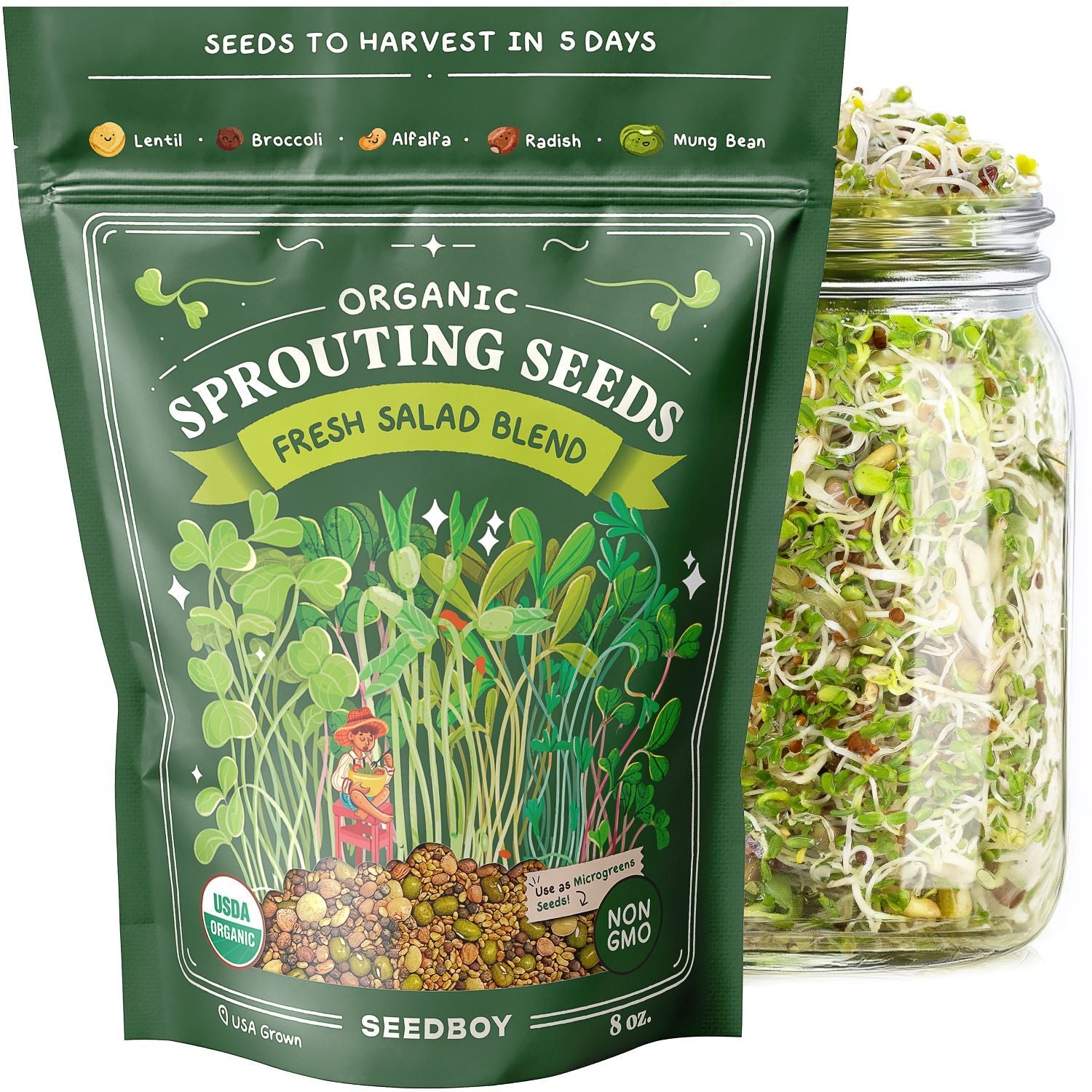
GROW GUIDE
Common Chives
Allium schoenoprasum
Plant Description

Common Chives
Chives are small, perennial plants featuring thin, hollow, tubular leaves that are dark green and grass-like in texture.
They impart a delicate, mild onion-like flavor, making them an ideal seasoning for a variety of dishes. The green stems are most commonly used in cooking, and the flowers are also edible.
Quick Facts:
-

Sun Requirements
Full Sun
-
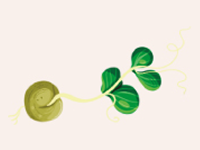
Days To Sprout
7-14 Days
-
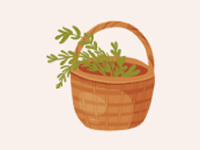
Days To Harvest
60-90 Days
-
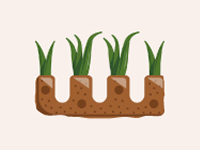
Plant Spacing
6-8"
-
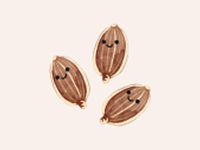
Seeds Per Hole
3
-
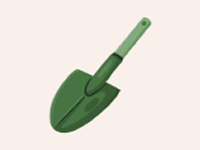
Planting Depth
1/4"
Best Planting Locations
-

Windowsills
Perfect for small spaces, providing chives with sufficient sunlight.
-

Raised Beds
Great for outdoor growth, with well-drained soil and easy access for harvesting.
-

Indoor Gardens
Ideal with grow lights or hydroponics, ensuring a consistent environment for year-round chive cultivation.
-

Containers
Perfect for patios or balconies, allowing flexibility in placement and easy mobility for optimal sun exposure.
Getting Started

-
1
Find the Spot
Chives thrive in bright light and well-drained soil. Choose a spot that gets full sun for at least 6 hours a day. If growing indoors, place them near a south-facing window.
-
2
Prep the Soil & Fertilizer
Chives grow best in fertile, moist, but well-drained soil. It’ll appreciate a little compost mixed in before planting. Use a balanced, slow-release fertilizer to enrich the soil.
-
3
Plant the Seeds
Plant 3 seeds or 1 seedling 1/4 inch deep in pots or the ground. During germination, keep the soil consistently moist, but not waterlogged, and place in a bright location.
Keep the soil temperature between 60° to 70° F. Space plants 6-8" apart.
Good Neighbors:
-

Carrots:
Chives repels carrot flies that can damage crops
-

Roses:
Chives deters aphids and black spot disease on roses
-

Tomato:
Chives' strong aroma deters pests that commonly affect tomatoes
-

Strawberries:
Chives repel common strawberry pests like aphids and slugs while attracting pollinators
Enemy Plants:
-
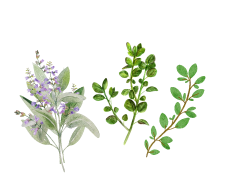
Thyme, Oregano & Sage
Prefer different soil conditions
Attractants:
-
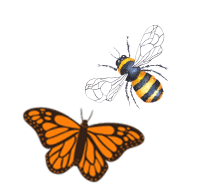
Bees & Butterflies:
Attracted to chives' vibrant purple flowers
Repellents:
-
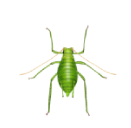
Aphids:
Repelled by chives' strong scent
-
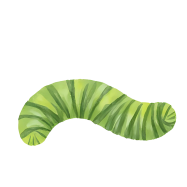
Cabbage Worm:
Deters cabbage moths which lay cabbage worm eggs
-
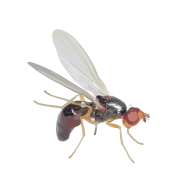
Carrot Fly
Repelled by chives' strong scent
Best Time to Plant
USDA Hardiness Zones
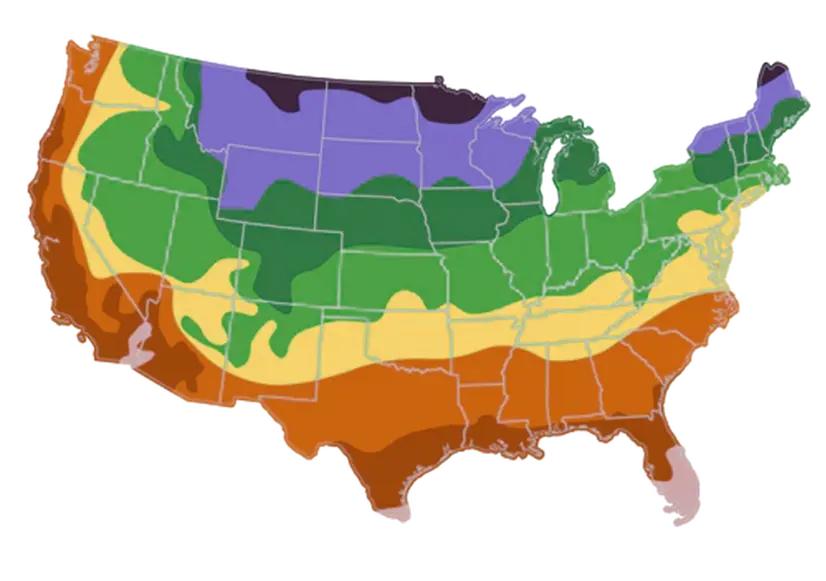
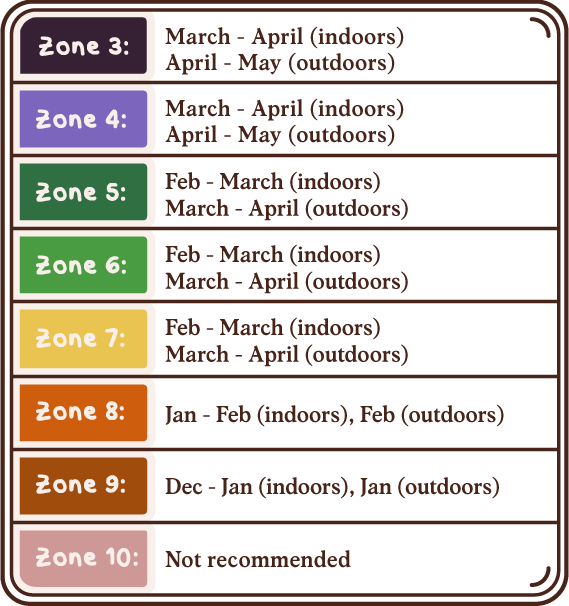
Day to Day Maintenance
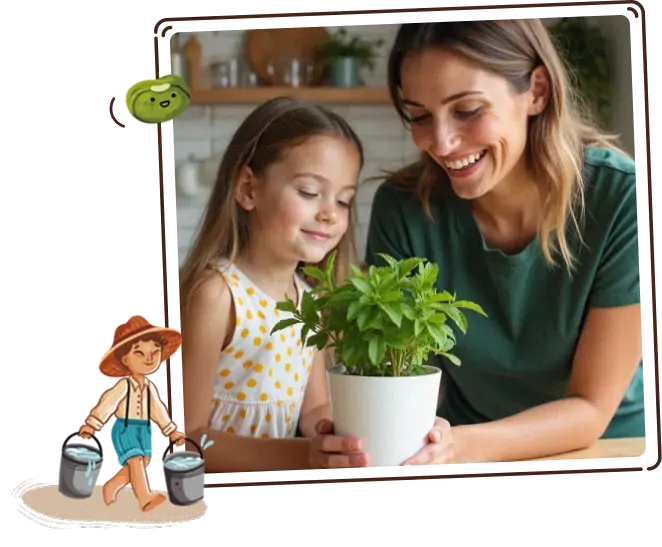
-
Watering
Chives prefer consistently moist soil, but do not like to be waterlogged. If the top 1-2 inches of soil feels dry to the touch, it’s time to water. Ensure good drainage to prevent root rot
-
Pruning
Snip off any faded leaves and spent flowers to encourage new growth. The edible flowers can also be harvested. If left to flower, remove the spent blooms to prevent the plant from going to seed too early.
The Harvest
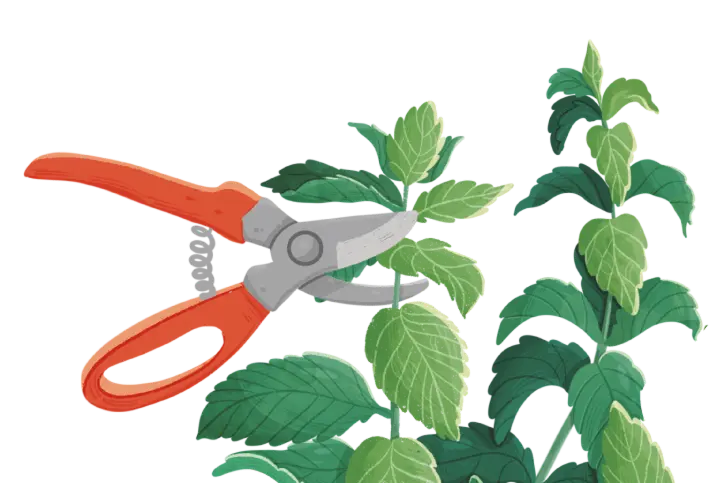
-
Gathering
Begin harvesting chives when they reach about 6" tall by cutting leaves to about 1" above the soil. Regular harvesting encourages more growth and a healthy plant.
-
Harvest in the morning when their flavors are most vibrant for the freshest taste.
Favorite Uses
-
Soup
-
Salad
-
Dips
-
Biscuits
-
Garnish


How to Store
-
Drying
Duration: 2-3 years
Location: Cool and dry area with good circulation
Method: Tie chive bundles with kitchen twine and hang them upside down in a cool, dry area for 1-3 weeks, or use a food dehydrator set to a low temperature. Once dry, store in an airtight container such as a glass jar or sealed bag.
-
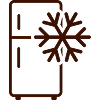
Refrigeration
Duration: Two weeks
Location: Store in the refrigerator
Method: Wash chives without draining them. Wrap in a damp paper towel. Roll them loosely and store in a gallon sized plastic bag, ensuring not to seal the bag completely to allow airflow.
-

Freezing (Chopped)
Duration: Several months
Location: Store in the freezer
Method: Wash and chop chives into uniform pieces. Spread them on a parchment-lined baking sheet and freeze for about an hour until solid. Transfer the frozen pieces into freezer bags, ensuring they are not packed too tightly to avoid clumping.
-

Freezing (Ice Cube Trays)
Duration: Several months
Location: Store in the freezer
Method: Chop chives and fill ice cube trays with them, then cover with water or oil. Freeze until solid, then transfer the cubes to a freezer bag. This method is great for adding chives to soups or stews.
Fun Facts

-
Natural Pest Control
Chives can help repel harmful insects in your garden, particularly aphids, making them a great companion plant for vegetables.
-
Edible Blossoms
The purple flowers of chives are not just decorative, they’re also edible and add a mild onion flavor to salads and dishes.
-
Flavor Family
Chives belong to the allium family, alongside onions, garlic, and leeks, contributing a similar but milder taste to culinary creations.
-
Ancient Healing Herb
Chives have been used for centuries in traditional medicine, believed to aid digestion and support the immune system.
Subscribe to our Newsletter: "The Small Garden Chronicles"
Where curious growers gather for garden inspiration.

